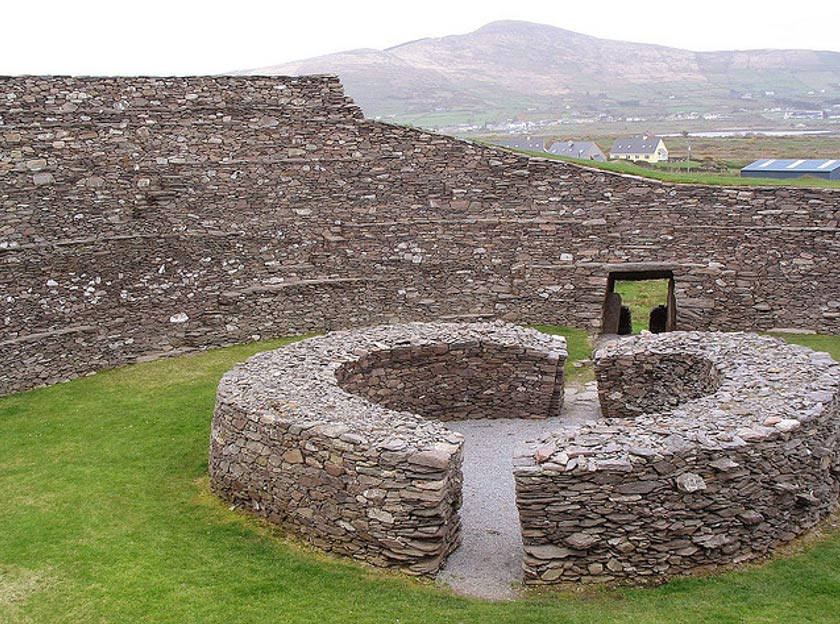
Featured Image: Stone ringfort, “Ring of Kerry” in Ireland. (Francis Bijl/CC BY 2.0) Representational image.
Bad luck is sure to befall a US company if it builds a new factory over a fairyfort in Ireland, warns a traditional Irish lore keeper.
West Pharmaceutical Services is building a new factory in Waterford, Ireland, with plans on employing more than 150 people at completion in 2018, reports The Irish Times. However, the construction site is situated over an ancient ringfort (rath, or fairyfort) which dates back thousands of years.
Lore Keeper Sounds Alarm
Eddie Lenihan, famed Irish author, storyteller and broadcaster, warns West Pharmaceutical that destruction or removal of the fairyfort would spell dire consequences and bad luck for all those involved in construction or clearing the ancient dwelling, according to the Irish Examiner.
Eddie Lenihan, one of the few practicing seanchaithe warns about disturbing the ancient dwellings of Ireland. (Chris Sloan/CC BY-SA 2.0)
Lenihan is one of only a few remaining practicing seanchaithe, or traditional storyteller and lore keeper. The seanchaithe, much like bards, memorized and preserved the oral traditions, history and laws of the ancient Celtic culture. Lenihan has personally written to the US firm, and says “I am no campaigner, I just like to see things respected. I said to them [West Pharmaceutical Services], in that letter, that if that factory is built, and I hope the factory is built on another location because Waterford needs the jobs, but if it is built there, wait and see what happens.
Discover Ringfort Storytelling Laughter Ellipsis
“It’s not a matter of if it will close but when it will close. People will think you are a crank if you say something like this and there will be much laughter.”
It is apparently no laughing matter to locals, who heeded the call to preserve the ancient fairyfort, and took no part in the construction. Workers needed to be brought in from outside Waterford to continue the job.
The Knockhouse RingFort of Waterford, Ireland, is slated for destruction. Credit: Knockhouse Ringfort Community FacebookRingforts, Home of the FairyFolk
The Knockhouse fairyfort, for years believed to be of special archaeological interest, is thought to date to 800 AD, with most Irish ringforts dating from the late Iron Age.
Ringforts were ancient circular settlements which were surrounded and enclosed by one or more earthen or stone banks and ditches. Sometimes wooden palisades would be erected on one of the high banks, serving as extra protection from wolves, foxes, boars or human invaders. However, while these simple constructions are called forts, they were not military structures, but mainly agricultural settlements or farmsteads, and were not designed for warfare, notes website Irish Imbas.
Staigue Fort Ring Fort, 3rd or 4th Century, Ireland. (Amanderson2/CC BY 2.0)
As the ringforts fell out of use after centuries, locals did not know what the remaining ruins were originally for, and explained the strange, circular, built-up sites as the homes of fairies. It is believed that to disturb these sites is to provoke fairies. It is often said that leprechauns, notorious trickster fairies, keep their gold in the forts.
According to RTE News, “The Council has known about this ring fort for many years and the company is working with the local authority and the National Monuments Office to excavate the site. However, a local campaign group say not enough is being done and they do not want to see the ring fort concreted over after the archaeological dig is finished.”
The pharmaceutical firm issued a statement confirming the land was going to be developed, and the ringfort demolished, but any artifacts found would be recorded and preserved.
Fairy Rings and Bad Luck
Such is the case for other such ‘fairy dwellings’ traditionally across Europe. Fairy rings are a naturally occurring circle of mushrooms. These rings were traditionally believed to be a portal to the fairy realm, and were often seen as a dark omen and dangerous place.
A mushroom ring creating a circle on the grass. These rings were believed to be portals to the fairy realm, and areas of danger. (Unukorno, Flickr/CC BY-SA 2.0)
Lenihan says of destruction of the Waterford fairyfort, “It will be more than bad luck, there are stories after stories of it. I’d be the first to be skeptical, I’m not one of those people who believes everything they hear. I’ve been collecting folklore for 40 years and a lot of the stories are bunkum, but not all... You can have one coincidence or two coincidences... but after a while you realize that it can’t be a coincidence.”
Tradition dictates that if you have a ringfort on your land, it is to be treated with respect, and not to be damaged, or you might suffer legendary fates, such as livestock dying, family members sickening, and relationships failing.
Ringfort at Cabragh, Ireland. Ringforts are common in the Irish countryside. (Pamela Norrington/CC BY-SA 2.0)
In recent history, the bankruptcy of a billionaire has been blamed upon the disturbance of ancient dwellings, when in 2011 Ireland’s richest man, developer Sean Quinn, suffered a catastrophic financial downfall after moving a megalithic burial tomb to make way for a quarry.
News site Irish Central lists incidents that are described as evidence of malevolent curses and bad luck from disturbing ancient dwellings:
“In June 2007 Minister for the Environment Dick Roche signed an order destroying the Lismullin Henge. Lismullin Henge was a 4,000 year old astronomical observatory and place of worship and hailed as one of the most important archaeological finds of the century.
Roche was since held up by an armed gang in the Druids Glen Hotel and also lost his job and was then demoted.
Martin Cullen the then Minister for Transport nearly got sucked out of a helicopter when the door fell off on one of his extravagantly expensive trips.
The chief Health and Safety Officer was seriously injured by a falling tree when felling began at Rath Lugh in 2007.
Despite Lenihan’s warnings, the fairyfort is set to be cleared for the second phase of construction.
Irish Examiner reports that a group in Waterford is campaigning to have the fort preserved inside the main factory building as a tourist attraction, this perhaps being the only way to avoid destruction of the site, and prevent the perceived wrath of the fairy folk.By Liz Leafloor

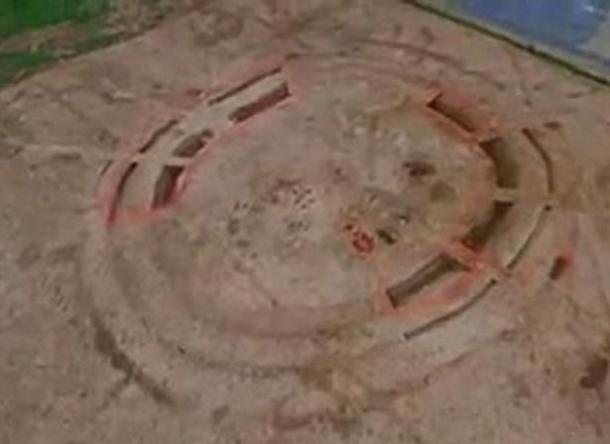
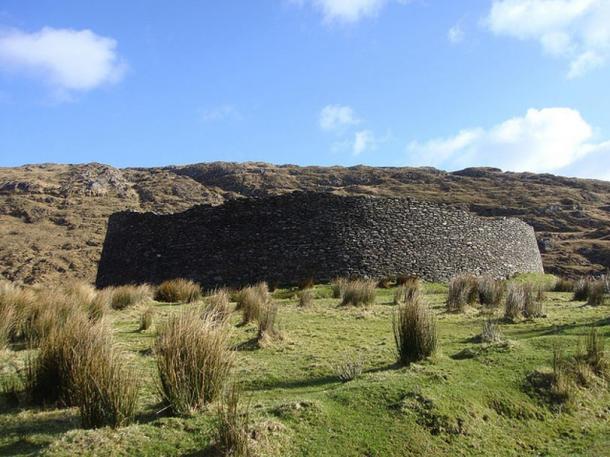
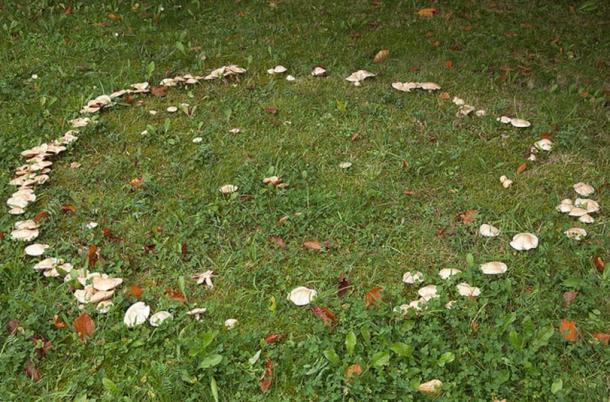
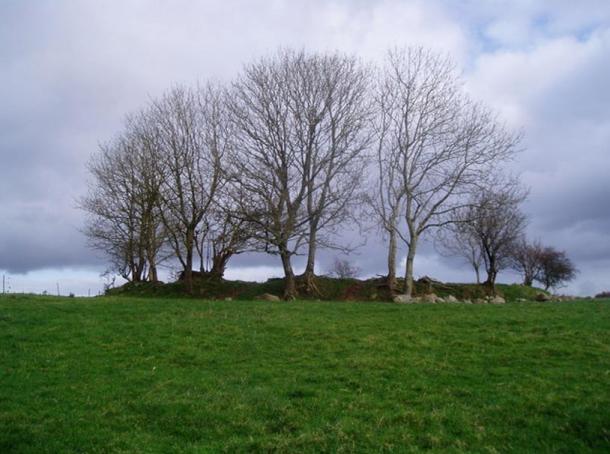
No comments :
Post a Comment